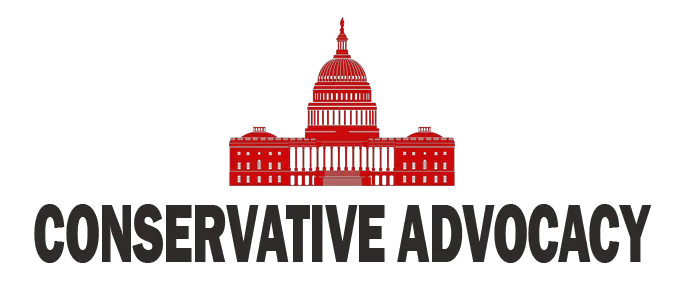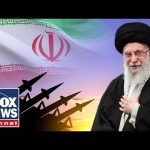In the latest developments in the Middle East, Israel has once again displayed its military might with impressive operations against Iranian targets. This time, the focus is on Iran’s nuclear facilities, specifically concerning the threats posed by the impending development of its nuclear capabilities. The head of the Institute for the Study of War, General Jack Keane, has provided an analysis of the situation, highlighting Israel’s strategic successes and the broader implications for regional security.
According to General Keane, Israel has gained air superiority in its operations, meaning that it can fly over Iranian territory without fear of interception. This clearly establishes a significant advantage as Israeli forces have neutralized several air defense systems that posed a threat to their operations. With Iranian fighters reportedly reluctant to engage, Israel seems to be operating unchecked, allowing it to carry out essential missions with greater efficacy and precision.
The strategy Israel has employed is fascinating as it involves not just random bombings but a targeted effort to take out critical leadership and operational centers within Iran. By attacking multiple targets simultaneously, the Israeli military has minimized the chances of warnings being sent out, which would give their opponents a chance to prepare. This demonstrates a high level of intelligence and coordination, indicating that they have effectively infiltrated Iranian security operations to gather crucial information.
However, it’s essential to recognize that the majority of Iran’s nuclear capabilities remain intact despite these operations. The situation is complicated by the fact that Iran has scattered its nuclear infrastructure across several different locations, effectively making it more challenging for any attacking force to take out all of the facilities in one go. Particularly notable is the Fordow facility, which is deeply fortified and could present a significant obstacle to any military actions aimed at halting Iran’s nuclear ambitions.
The broader implications of these operations indicate that we might be witnessing the beginning of a complex military campaign rather than a simple one-off strike. General Keane stressed that Israel’s efforts are not just limited to targeting the nuclear program; they are also focusing on energy targets, specifically oil and gas facilities. While some have called for the removal of the Iranian leadership, the current strategy seems more measured. Israel aims to avoid creating a martyr situation that might consolidate Iranian forces against them, preferring instead to disrupt the operational capabilities while allowing the civilian leadership to remain intact.
The United States has also played a supportive role in this high-stakes situation, providing intelligence and logistical support to Israel since the latest conflicts began in October. This collaboration is seen as crucial, especially as Israel navigates the complexities of attacking hardened military sites like Fordow. As the situation unfolds, many commentators believe that the tactical approach being taken by Israel and its allies will be vital in shaping the future security landscape of the region. The stakes are high, and the path ahead will require careful consideration of the potential consequences of any military action.




